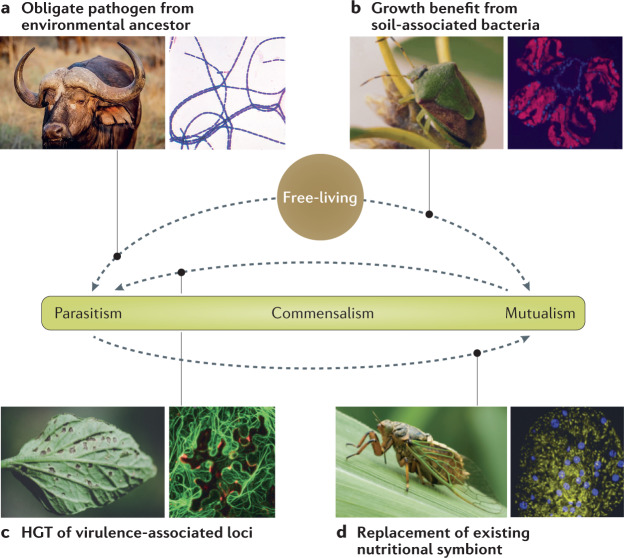Fig. 1. Evolutionary transitions onto and along the parasite–mutualist continuum.
Examples from nature of microorganisms transitioning from free-living to host-associated lifestyles include the evolution of parasitic species in the Bacillus cereus group (for example, the causative agent of anthrax) from soil-dwelling ancestors237 (part a), and environmental Pantoea bacteria evolving obligate mutualistic roles in stink bug growth and development16 (part b). Examples involving transitions along the continuum are the widespread plant parasite Pseudomonas syringae likely evolving from mutualistic ancestors, driven by horizontal gene transfer (HGT) of type III secretion systems29,79 (part c), and entomopathogens taking over the metabolic role of an ancient and degraded endosymbiont in cicadas165 (part d). Image credits: part a (right) Getty images Smith Collection/Gado.Contributor; part b is adapted from ref.238, CC BY 4.0 (https://creativecommons.org/licenses/by/4.0/); part c (left), image courtesey of Gerald Holmes; part c (right) is adapted from ref.239, CC BY 4.0 (https://creativecommons.org/licenses/by/4.0/); part d (left), image courtesey of Yu Matsuura; part d (right) adapted with permission from ref.165, PNAS.

